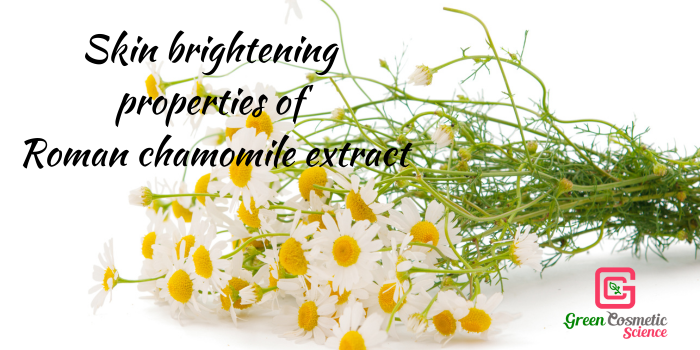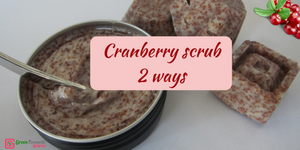
Chamomile has deep roots in traditional medicine and house remedies for various internal and external problems. Long before commercial shampoos and conditioners were available our great grand mothers used a chamomile rinse to add shine and brightness to their hair or prepared poultices and infusions from chamomile to apply to wounds and rashes.
Apart from the home made infusions and macerations, chamomile derivatives are commercially available as hydrosol, lipophilic extract and macerations, CO2 extract, hydroglyceric, hydroglycolic and hydroalcoholic extracts.
I recently stumbled upon this very interesting, open access article that studies the chemicals in the Roman chamomile (Chamaemelum nobile) (I always exchange the German and the Roman to be honest) and I couldn't help sharing it with you.

I highly recommend that you go and read the whole article but for those of you who don't have the patience to read the whole article (which is 99,99% of the population in these fast paced days) I'll try to summarize a few points (as much as I do not violate the copyright).
The authors have used different extraction methods and different solvent compositions to extract the metabolites from the aerial parts of the plant.
Generally they detected 32 metabilites. Some of them never mentioned or detected before. These metabolites include: (you can see the whole table in the link above)
Helenalin, Apigenin, Hispidulin, 3-Flavonol, Chamazulene carboxylic acid, Nobilin.
All extracts contain phenolic compunds which contribute to most of the medicinal properties of the plant but the content of the phenolics varies based on the extraction method and the solvent composition.
The extracts have antioxidant and skin brightening properties (mainly thanks apigenin). The highest content of the phenolic material and the apigenin were found in the 50% hydroalcoholic extract.
So what?
This is one of the few scientific articles where science and practicality are not two parallel lines never reaching each other (reading scientific articles in which they use solvents such as methanol, chloroform, hexane, acetaldehyde and similar solvents to extract miraculous components from the plants drives me nuts). They are using blends of water and alcohol to extract the chemicals and hence the extracts are indeed applicable and usable. If you decide to create your own extract and infusions (which I know many of you do), choosing a 50% hydroaolcoholic solvent will give you the best results in terms of antioxidant and skin brightening activity.
If you don't believe me go and read the article yourself.



